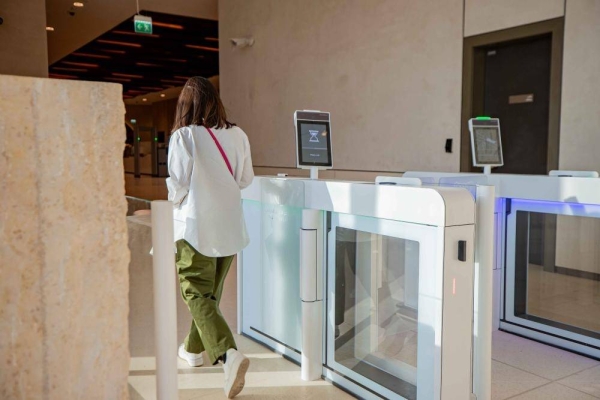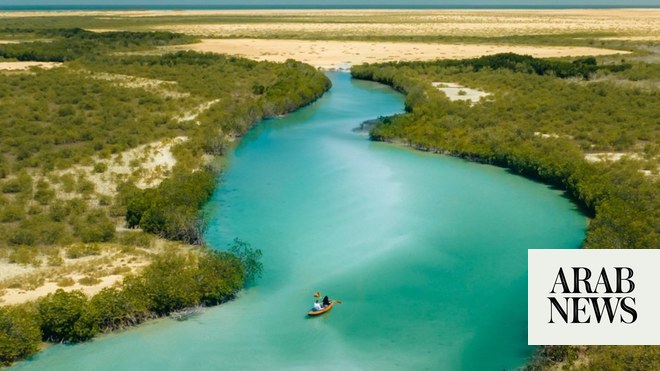
The project, upon completion, is expected to attract over 7 million tourists a year
RIYADH: As the world turns its attention toward a sustainable future, Saudi Arabia, the world’s biggest oil exporter, has taken the lead in transforming a historic city into an ecological landmark for the world to see.
With the Diriyah Gate Development Project, the Kingdom has left no stone unturned to emerge as a global tourism destination envisioned in its Vision 2030 blueprint.
The project stands tall as it blends several elements, including ecotourism, urban development, economic growth, and proclaiming the Kingdom’s culturally rich past.
It is currently burning the proverbial midnight oil to carefully devise an environmental strategy that strikes an ideal balance between tourism and the city’s rich legacy.
To achieve this goal, the Diriyah Gate Development Authority is creating a dedicated ecotourism area to the south of the city, where the Barari Diriyah Wildlife Conservation Center and Palm Heritage Center for Research and Development are located.
Spotlight on sustainability
The DGDA recently signed a memorandum of understanding with the Oil Sustainability Program to promote the usage of sustainable polymer construction materials in the ongoing project.
Under the supervision of the Ministry of Energy, the OSP ensures hydrocarbons remain part of the global energy mix most efficiently and sustainably.
As part of the MoU, DGDA would use the sustainable polymer to restore and renovate the ancient city using the traditional Najdi architecture principles that have given the Kingdom’s central region its unique long-held identity.
Another interesting aspect of the project is that it has placed people at the heart of its development.
The authority is also planning to make people aware of the vitality of protecting the environment and maximizing the economic return from the city, which will soon emerge as a top-class tourist destination.
“We at Diriyah are within the intersection of multiple issues, contemplating innovative yet practical ways to create the right solutions. Some of these issues deal with environmental sustainability, and others relate to maximizing the economic return from cities as tourist destinations,” said DGDA said in a statement.
It added: “Other issues concern how to raise awareness of people’s ecological conduct and impact, including administering legislation — both existing and desired — that governs, or should govern, human environmental conduct based on sustainable objectives, requirements, and standards.”
Tourism on top agenda
According to the DGDA, the project, upon completion, is expected to attract over 7 million tourists a year, a number that is in line with the objectives of Vision 2030, which aims to build a sustainable economy, lively environment, and bustling society, all within the Kingdom.
The DGDP holds substantial historical and cultural significance, mainly because the Turaif district was the first capital of Saudis.
Speaking at the recently concluded Future Hospitality Summit, Jerry Inzerillo, group CEO of DGDA, revealed that 36 percent of the workers involved in the project are women.
He added that 16 percent of the women’s workforce operates in the management sector.
Inzerillo also revealed that 40 percent of the Diriyah Gate Project workforce is from the Diriyah local community.
During the interview, he stated that the project would have 20,000 residential units upon completion, and the contracts to build these settings are being awarded to Saudi builders.
DGDA recently also teamed up with the international luxury hotel Four Seasons to build a new hotel at the site located in Riyadh.
The hotel will have 150 rooms and suites, expansive meeting and event spaces, a wellness spa and a fitness center.
“Four Seasons is working alongside DGDA to elevate what travelers can experience within Diriyah, showcasing their timeless approach to hospitality while staying true to Diriyah’s rich cultural past,” Inzerillo explained.
The hotel will be located adjacent to Diriyah’s culturally rooted district along the Wadi Hanifah escarpment, with incredible views towards the west and the UNESCO World Heritage Site, At-Turaif.












